Explore all movies appearances
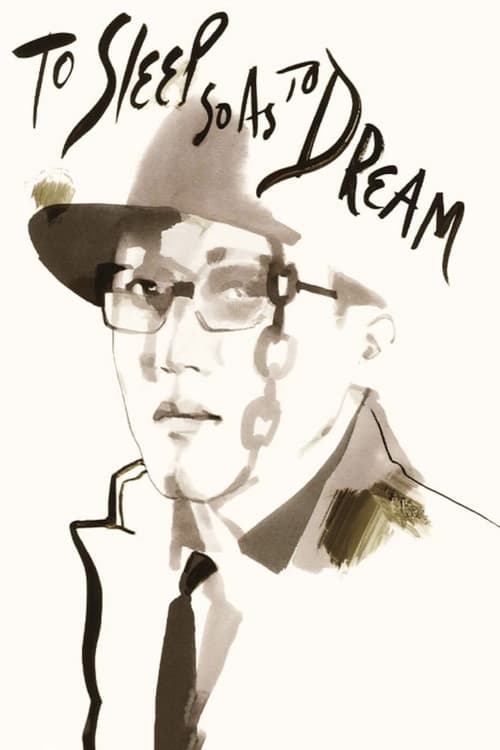
An aging silent film actress hires a private eye and his wacky but helpful assistant to track down her missing daughter, Bellflower. The two follow a succession of bizarre, obscure clues, until they track down the location of the kidnappers and the daughter.

No plot available for this movie.

A reckless student contemplates terrorism in a prescient film that confirmed Shinoda as a fearless member of Shochiku's iconoclastic New Wave. At the height of student protests, Shimojo takes his aggressions to another level, beset by seemingly insoluble feelings of alienation.
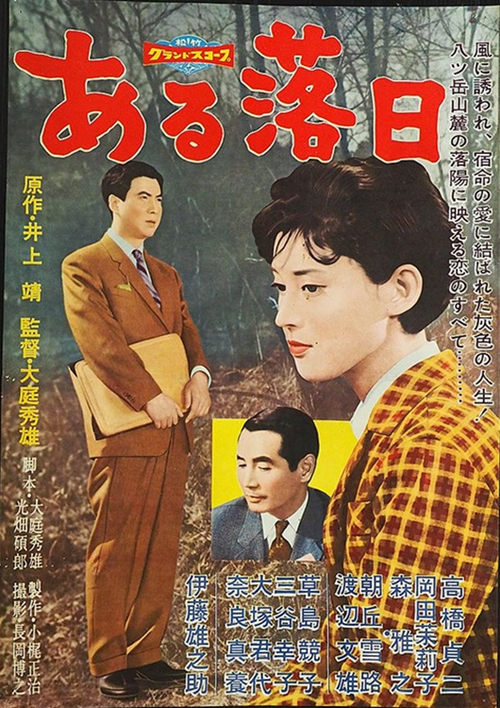
No plot available for this movie.
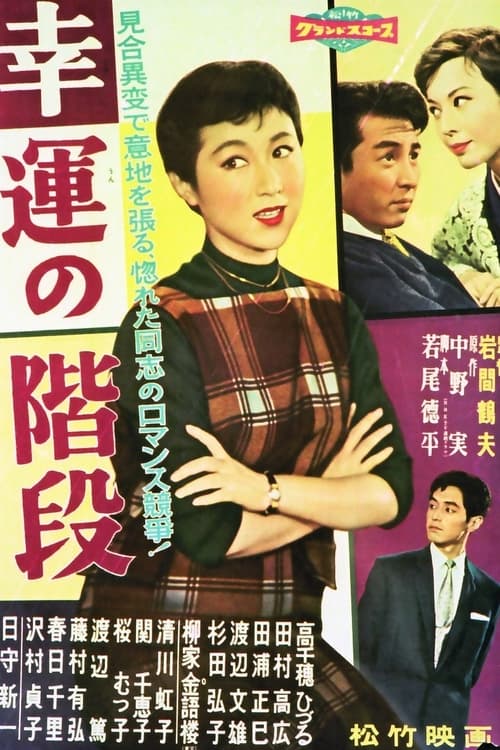
No plot available for this movie.

1957 Japanese movie
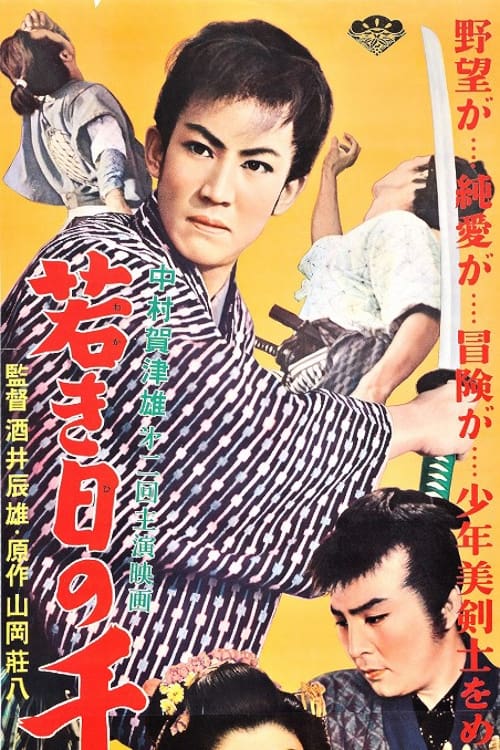
Chiba Sōsaku, whose childhood name was Otome, was raised by his father Yukiuemon, the successor of the Hokushin Ittō-ryū style, and his wet nurse in Rikuzen Onikobe, where he early on earned the nickname "Little Tengu of Chiba." One day, Otome heard a rumor that Arao Miyauchi, who once was an internal student at the Chiba family but now ran his own dojo in Onikobe, was spreading false rumors out of resentment for not inheriting the Chiba house—a situation that led to his mother's suicide and his father's abandonment of the sword to become a doctor. Enraged, Otome stormed into the Arao dojo only to be captured and publicly humiliated at Onikobe Pass. However, in his heart, Miyauchi hoped to marry his daughter Nanae to Otome and have him inherit the Chiba family.
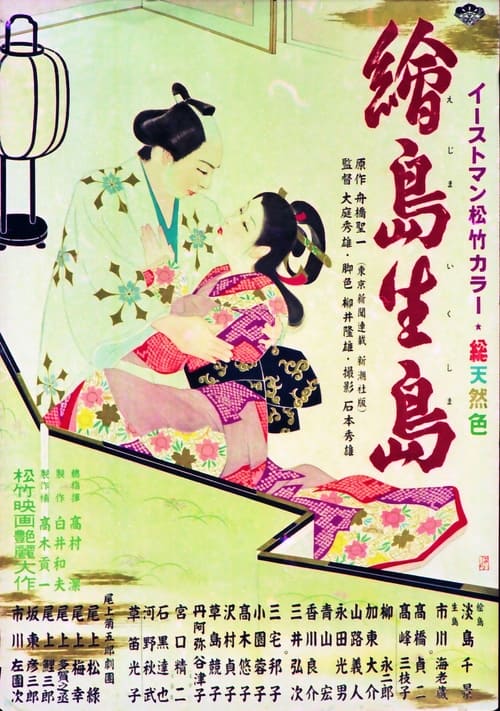
This period film is inspired by one of the most notorious scandals to have taken place in Edo-period Japan. The heroine, Ejima, was a lady of the Ooku, the harem of Edo Castle in which the Shogun’s mother, wife and concubines resided, forbidden from contact with any other man except in the presence of the Shogun. The institution played a key role in the Byzantine world of Japanese court politics during the Edo era. In 1714, Lady Ejima was sent to pay her respects at a Buddhist temple in the city, and chose to pay an unauthorised visit to the kabuki theatre – a violation of protocol that was to have tragic consequences.

On February 4th of the 16th year of the Genroku era, Yatō Uemon no Shichi reminisces while waiting his turn for seppuku at the Mizuno residence. When news of his lord, Asano Naganori, attacking Kira Yoshinaka in the palace reached Akō, Uemon no Shichi was sixteen. The family elder, Ōishi Kuranosuke, determined to avenge, gathered allies, but Uemon no Shichi's father, Chōsuke, being sickly and considered too young, was not included. Chōsuke committed suicide.

On March 11 in the seventh year of Tenpo (1836), a monk named Bennō, who fell in love with a geisha named Oshima, was publicly exposed at Nihonbashi for committing an illicit act with a woman. While this was happening, an extravagant procession led by another monk named Nikkei passed over the bridge. Nikkei, the head of the Kanouin temple, in collusion with Nakano Harima-no-Kami, had schemed to make his younger sister, Miyoshi, the Shogun's mistress and aimed to transform Kanouin into the Shogun's family temple. To fund the renovations, Nikkei accepted bribes from a corrupt merchant named Koya Bunzo.
Subscribe for exclusive insights on movies, TV shows, and games! Get top picks, fascinating facts, in-depth analysis, and more delivered straight to your inbox.